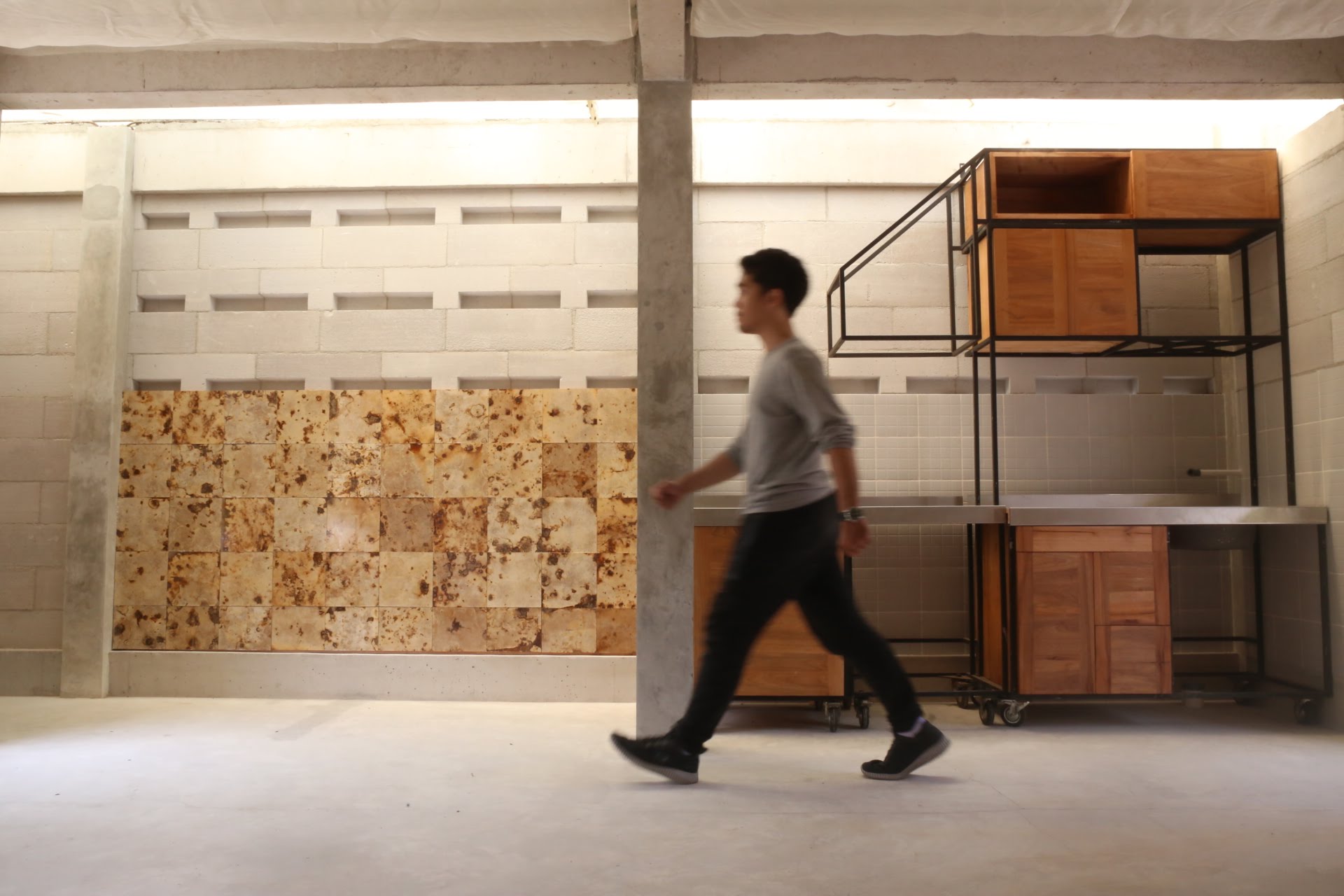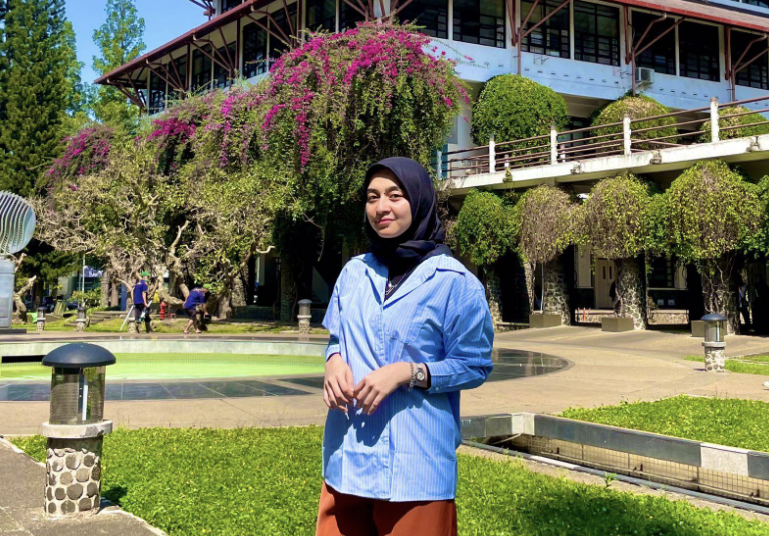ITB Architectural Student Created a Floating House Concept as a Solution to Jakarta Flooding
By Adi Permana
Editor Adi Permana
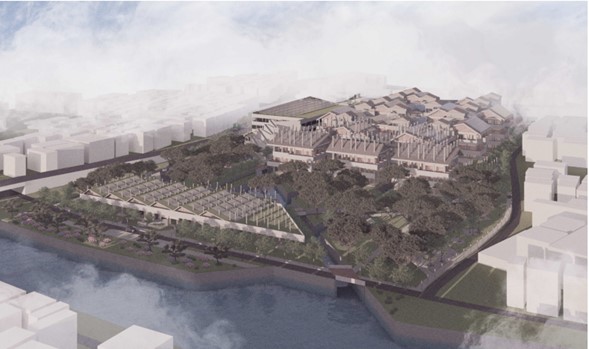
*Floated house design for flood in Jakarta
BANDUNG, itb.ac.id – Flood in Jakarta seems like a classical problem by now. This issue is worsened by various aspects, such as the land subsidence in Jakarta, climate change, to the inability of the existing infrastructures to solve the flooding.
The endeavor to solve the flooding issue in Jakarta did not escape the attention of Indonesian architects. Journals or scientific papers from Institut Teknologi Bandung that talk about this issue have been published and reviewed multiple times. However, this time a brilliant idea to solve the flooding issue in Jakarta came out from a student.
With the title "Cilincing Flood Resilient Housing", Muhammad Isa Tsaqif designed a flood-proof residential area complete with all of its required facilities. Isa, his nickname, is an Architectural ITB student who has just finished his study.
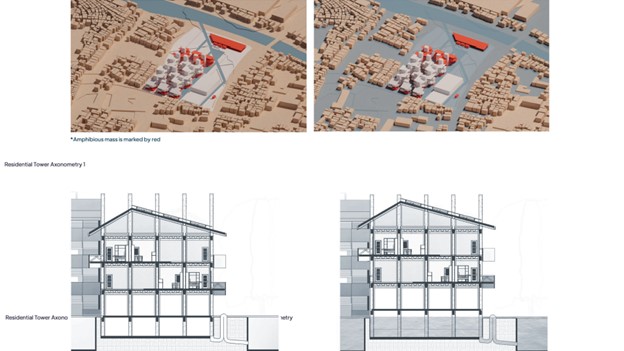
*Concept and general slices image
As a Jakarta resident, Isa is increasingly aware of the problems that plague this metropolitan area. Emphasized by the Jakarta submerged issue in the year 2050, Isa felt that there are not enough effective steps that have yet been taken in preventing and solving this crisis. With this premise, Isa decided to look back and seek the center of the problem to find the most relevant answer. The conclusion is, by seeking a way to adapt and live together with the water itself.
"There are a lot of floating buildings that have actually been made, but so far most of those are individual buildings. By trying to implement a densely populated residential complex with its supporting facilities, I hope to make a contribution to the field of architecture and construction," answered Isa when asked what the motive of his creative idea by the ITB reporter recently.
Based on his research, almost half of coastal cities are actually at risk to lose half of their residential land due to climate change. By using his design study, he wants to open people's minds to be more aware of this issue.
"With enough capital and knowledge, realistically we can choose to adapt to the changes that are happening right now. If we implement this habit, I am confident that my work can help the people with their daily life," he said.
In composing his work, Isa was helped by his supervisor, Dr. Allis Nurdini, S.T., M.T. (Housing and Settlement Research Group), accompanied by Rr. Diah Asih Purwaningrum, S.T., M.T., Ph.D (Architectural Design Research Group) and Dr. Eng. Mochamad Donny Koerniawan, S.T., M.T. (Building Technology Research Group). Even after being awarded the best Architectural Thesis 2022 and graduating with a Cum Laude predicate with a 3.80 GPA, Isa admitted that his research was not yet fully optimized.
"Yes, one of the reasons is the difficulty. Because a similar precedent is almost nonexistent. At that time, I was hindered by the technical difficulty of trying to figure out the buoyancy of an object. I need to consult with students from Ocean Engineering to figure that out," he explained. Therefore, further research on this topic requires multidisciplinary scientific efforts.
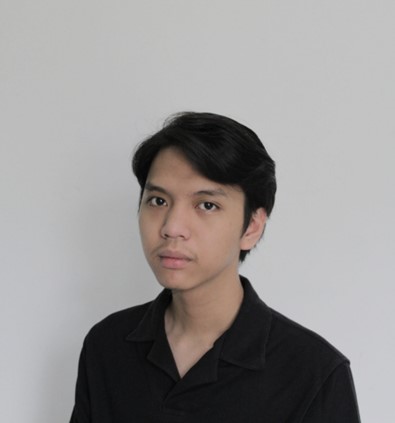
*Muhammad Isa Tsaqif
Realizing that his work is not yet perfect, Isa then conveyed his intention to continue this research in the future. "I intend to study this squatter area housing concept even further so that they might have a better standard of living in the future," he added. At the end of the interview session, we asked Isa to convey a message to other designers out there.
"Focus on your purpose in life, maintain enough perseverance and capital. Don't be arrogant, keep learning even from whoever it is. Lastly, when you feel left out, remember that everything is a process and everyone has their own pace," he explained with a smile.
At the end of the conversation, Isa also conveyed tips by applicationg design thinking to solve a problem. With this method, we can see a problem in an 'out of the box' way, thus opening new potential and finding a new solution.
Reporter: Madeline Abigail Lukito (Architecture, 2020)
Translator: Favian Aldilla R (Civil Engineering, 2019)






